CG Trader
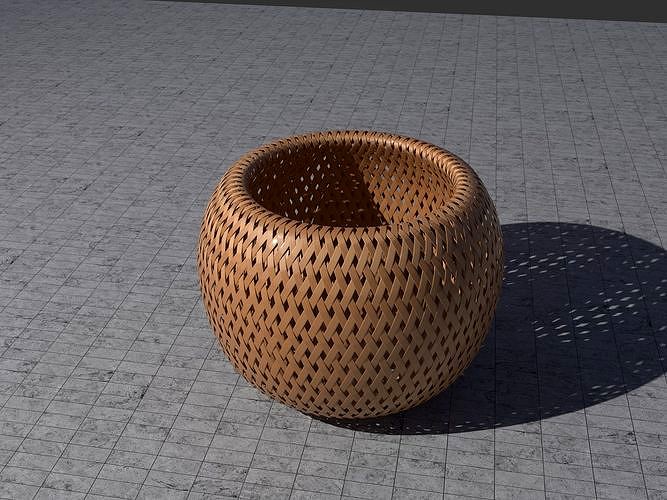
Weaving baskets in one
by CG Trader
Last crawled date: 1 year, 10 months ago
The history of bamboo
Tip: This max is model only and does not contain texture maps (download as appropriate)
1, after the human began to settle in life, then in place to take materials, the use of a variety of stone axes, stone knives and other tools to cut down the branches of plants into baskets, baskets and other utensils. In practice, it is found that bamboo is simple, cracking strong, full of elasticity and toughness, and can be woven easily, durable. As a result, bamboo became the main material for the preparation of utensils at that time.
2, in the Yin Shang era, bamboo and rattan weaving patterns rich. In the pottery print appeared on the checkered, rice, back, ripple and other ornaments. To the Spring and Autumn Warring States era, the utilization rate of bamboo has been expanded, bamboo weaving gradually like the development of technology, bamboo pattern decoration smell more and more thick, weaving is also increasingly fine.
3, the Qin and Han period bamboo series followed the weaving skills of Chu. In 1980, Chinese archaeologists unearthed in Xi'an, Qinling copper carriage at the bottom of the cast square pattern, according to expert analysis, this checkered pattern is based on the bamboo mat weaving checkered pattern cast.
4, the early Ming Dynasty, Jiangnan area engaged in bamboo artists continue to increase, wandering the streets and alleys door-to-door processing. Bamboo mats, bamboo baskets, bamboo boxes are quite exquisite craft bamboo. Especially bamboo is the most famous. Yiyang's water bamboo cool mat was founded in the late Yuan dynasty and early Ming Dynasty.
5, after the victory of the Anti-Japanese War, China's bamboo weaving process gradually recovered. After the 1950s, bamboo art began to come to the arts and crafts industry, into the palace of art.
6, after 1990, Zhangzhou, Zhejiang Province, Qingshen County and Quan County have been named China's bamboo town.
7, into the 21st century, bamboo weaving technology gradually lost market competitiveness and a decline, its weaving skills have become intangible cultural heritage. However, there are also many bamboo artists are still tirelessly pursuing new art, new works in the slow rise of the tip.
Tip: This max is model only and does not contain texture maps (download as appropriate)
1, after the human began to settle in life, then in place to take materials, the use of a variety of stone axes, stone knives and other tools to cut down the branches of plants into baskets, baskets and other utensils. In practice, it is found that bamboo is simple, cracking strong, full of elasticity and toughness, and can be woven easily, durable. As a result, bamboo became the main material for the preparation of utensils at that time.
2, in the Yin Shang era, bamboo and rattan weaving patterns rich. In the pottery print appeared on the checkered, rice, back, ripple and other ornaments. To the Spring and Autumn Warring States era, the utilization rate of bamboo has been expanded, bamboo weaving gradually like the development of technology, bamboo pattern decoration smell more and more thick, weaving is also increasingly fine.
3, the Qin and Han period bamboo series followed the weaving skills of Chu. In 1980, Chinese archaeologists unearthed in Xi'an, Qinling copper carriage at the bottom of the cast square pattern, according to expert analysis, this checkered pattern is based on the bamboo mat weaving checkered pattern cast.
4, the early Ming Dynasty, Jiangnan area engaged in bamboo artists continue to increase, wandering the streets and alleys door-to-door processing. Bamboo mats, bamboo baskets, bamboo boxes are quite exquisite craft bamboo. Especially bamboo is the most famous. Yiyang's water bamboo cool mat was founded in the late Yuan dynasty and early Ming Dynasty.
5, after the victory of the Anti-Japanese War, China's bamboo weaving process gradually recovered. After the 1950s, bamboo art began to come to the arts and crafts industry, into the palace of art.
6, after 1990, Zhangzhou, Zhejiang Province, Qingshen County and Quan County have been named China's bamboo town.
7, into the 21st century, bamboo weaving technology gradually lost market competitiveness and a decline, its weaving skills have become intangible cultural heritage. However, there are also many bamboo artists are still tirelessly pursuing new art, new works in the slow rise of the tip.
Similar models
3dwarehouse
free

Yokeback Chair - Ming Dynasty
... (1368-1644) era examples. actual: 47 1/2 in. x 17 1/2 in. #chair #china #chinese #craft #drape #scholar #textiles #turning #wood
cg_trader
$17

Ming Dynasty-Guozijian-Bamboo 12
...ming dynasty-guozijian-bamboo 12
cg trader
ming dynasty-guozijian-bamboo 12
cg_studio
$58

Chinese Ming Dynasty War Ship3d model
...d model
cgstudio
.max - chinese ming dynasty war ship 3d model, royalty free license available, instant download after purchase.
3d_export
$18

ming dynasty-guozijian-bamboo 12
...ming dynasty-guozijian-bamboo 12
3dexport
ming dynasty-guozijian-bamboo 12<br>3ds max 2015
cg_trader
$20

China Ming Dynasty Music Player with Dong Xiao | 3D
...c player with dong xiao | 3d
cg trader
the historical china's ming dynasty music player playing the dong xiao for 3d print
3dwarehouse
free

A designer weave bamboo fence
...ce with a weave pattern centered on each panel. weave pattern varies from triple to single. #bamboo #fence #pattern #weave #woven
3dwarehouse
free

Ming Dynasty armchairs
...back chairs made in china sometime in the 17th century during the ming dynasty. #seating #ming_dynasty #armchair #asian_influence
3dwarehouse
free

Single Bed - Ming Dynasty
...ox measurements: 52' length, 18 11/16' depth, 10 1/4' height. #16thc #17thc_bed #chinese #curves #dynasty #ming #wood
3dwarehouse
free

yongning bridge
...yongning bridge
3dwarehouse
a bridge of ming dynasty in caoyan town,dafeng county #birdge
cg_trader
$2

Bamboo weave pattern
...ve pattern
cg trader
bamboo weave pattern 3d bamboo pattern trenditional thai, formats obj, blend, ready for 3d animation and ot
Weaving
3d_export
$65

weaving
...weaving
3dexport
simple rendering of the scene file
3d_export
$5

Ring Weaving
...ring weaving
3dexport
ring "weaving"<br>size 19
3d_ocean
$3

Wooden Weave
...lines map old style texture wall weave wood wooden
high detailed wooden weave seamless texture 4096×4096 pixels bump map included
turbosquid
$39
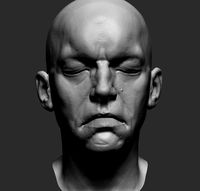
Hugo Weaving
...oyalty free 3d model hugo weaving for download as obj and ztl on turbosquid: 3d models for games, architecture, videos. (1374233)
3ddd
$1

Weave Cupboard by Lukas Dahlen
... тумба , weave
http://lukasdahlen.se/products/weave
turbosquid
$25
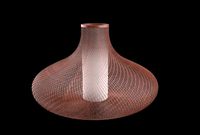
Weave Shade
...y free 3d model weave shade for download as max, obj, and fbx on turbosquid: 3d models for games, architecture, videos. (1259119)
turbosquid
$27

Weaving Ring
... available on turbo squid, the world's leading provider of digital 3d models for visualization, films, television, and games.
turbosquid
$10

Weaved Table
... available on turbo squid, the world's leading provider of digital 3d models for visualization, films, television, and games.
turbosquid
$8

Weave Chair
... available on turbo squid, the world's leading provider of digital 3d models for visualization, films, television, and games.
turbosquid
$5

Weave Fence
... available on turbo squid, the world's leading provider of digital 3d models for visualization, films, television, and games.
Baskets
archibase_planet
free

Baskets
...baskets
archibase planet
baskets basket wicker basket pad
baskets n060715 - 3d model (*.gsm+*.3ds) for interior 3d visualization.
archibase_planet
free

Basket
...ibase planet
basket shopping basket market basket
basket shopping n180315 - 3d model (*.gsm+*.3ds) for interior 3d visualization.
3ddd
free
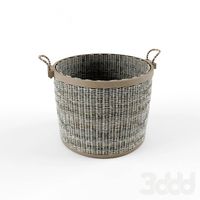
Basket
...basket
3ddd
basket
bathroom basket for towels or laundry.
3d_export
free
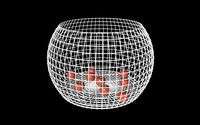
basket
...basket
3dexport
a basket, just a basket .. and some apples in it ..)
archibase_planet
free
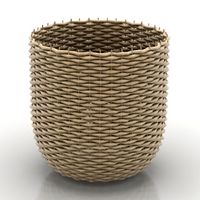
Basket
...basket
archibase planet
basket woven basket
basket n100912 - 3d model (*.gsm+*.3ds) for interior 3d visualization.
archibase_planet
free
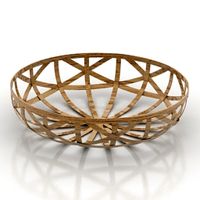
Basket
...basket
archibase planet
basket chip basket pannier corf
basket 2 - 3d model (*.gsm+*.3ds) for interior 3d visualization.
archibase_planet
free

Basket
...basket
archibase planet
basket chip basket pannier corf
basket 1 - 3d model (*.gsm+*.3ds) for interior 3d visualization.
archibase_planet
free
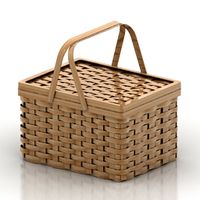
Basket
...basket
archibase planet
basket wicker basket pad
basket chip n100815 - 3d model (*.gsm+*.3ds) for interior 3d visualization.
3ddd
$1

Basket
...basket
3ddd
корзина
basket
archibase_planet
free

Basket
...basket
archibase planet
basket pannier chip basket corf nacelle
basket 3 - 3d model (*.gsm+*.3ds) for interior 3d visualization.
One
turbosquid
$2

one plus one
... available on turbo squid, the world's leading provider of digital 3d models for visualization, films, television, and games.
3ddd
$1
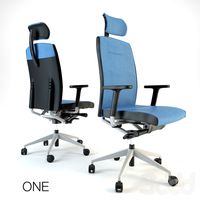
One
...one
3ddd
стул
офисный стул one
3ddd
free

one
...
palazetti one ,http://palazzetti.ca/index.php/component/virtuemart/seating/armchairs-lounges/one-chair-detail?itemid=0
turbosquid
$35

One A
... available on turbo squid, the world's leading provider of digital 3d models for visualization, films, television, and games.
turbosquid
free
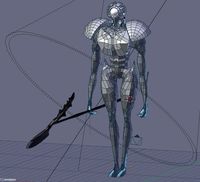
One
... available on turbo squid, the world's leading provider of digital 3d models for visualization, films, television, and games.
3ddd
$1

Стул One
...стул one
3ddd
one , magis
кресло magis s.p.a , one
3ddd
$1

Стул One
...стул one
3ddd
one , magis
кресло one chair (4star), magis s.p.a.
3d_export
$20

xbox one
...xbox one
3dexport
xbox one
3ddd
$1

xbox one
... консоль , джойстик
xbox one + kinect + gamepad
3ddd
free
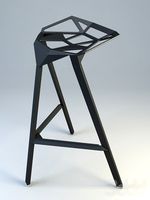
One
...nstantin grcic
артикул ct-284 (cosmorelax.ru)
размер l36xw41xh82.5, sh 77cm
цвет черный, красный
материал алюминий
вес 2,5 кг
